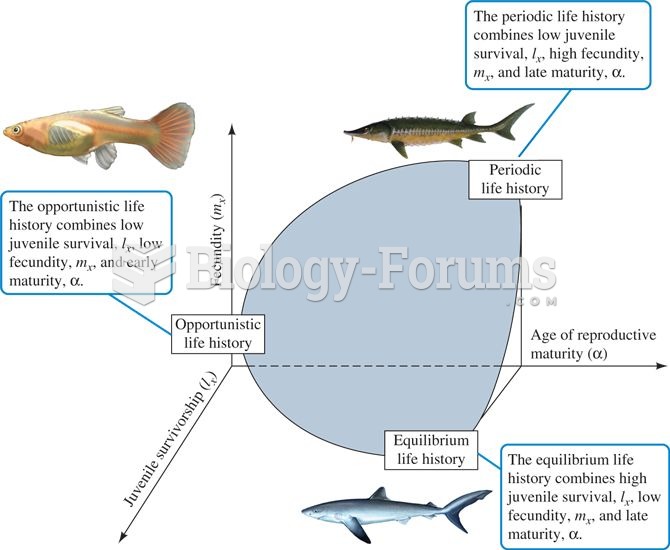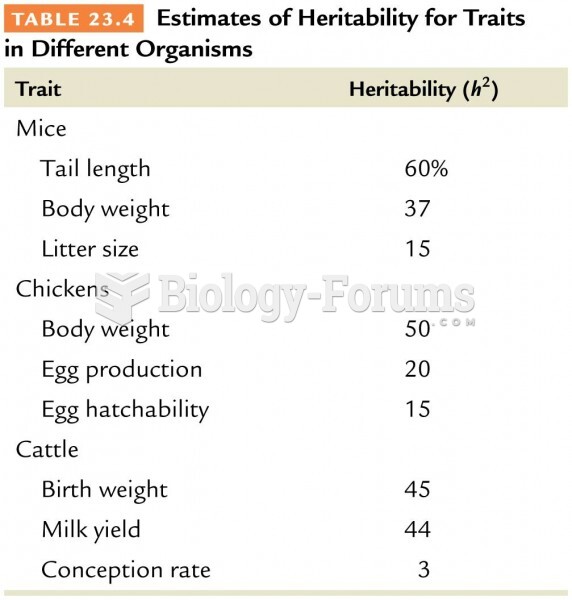Answer to Question 1
a
Answer to Question 2
Regarding offenses, state efforts to make non-homicide cases death eligible have been rejected. According to the Supreme Court, rape is not a grave enough offense to justify the imposition of the death penalty (Coker v. Georgia, 1977). More recently, the Court ruled that the death penalty is unconstitutional as the punishment for the rape of a child (Kennedy v. Louisiana, 2008). Under federal law, treason is also a death-eligible offense, but since no one has been sentenced to death for espionage since the 1950s, the status of this penalty has not been determined. Regarding offenders, the Supreme Court has also placed important developmental limitations on when the death penalty may be imposed both in terms of chronological age and mental functioning. For many years, the minimum age varied from 12 to 18, with a few states not specifying a minimum age. In 1988, the Supreme Court applied its first age-related limitation to the death penalty when it ruled that defendants who were 15 or younger at the time they committed murder could not be executed (Thompson v. Oklahoma, 1988). Later, the Court refused to set aside the death penalty for defendants who were 17 at the time of the crime (Stanford v. Kentucky, 1989). But in Roper v. Simmons (2005), the Supreme Court ruled that evolving standards of decency required that the that Eighth Amendment be interpreted as barring the execution of all juvenile offenders who were younger than age 18 at the time of their offense. Some people's mental functioning, especially those with serious developmental problems, is far less than their chronological age. In Penry v. Lynaugh (1989), the Supreme Court ruled that in spite of cognitive impairments, the Eighth Amendment did not bar the execution of mentally retarded people convicted of capital murder. In Atkins v. Virginia (2002), however, the Court reversed Penry, holding that the Eighth Amendment bars persons with an IQ of 70 or lower from being executed.







